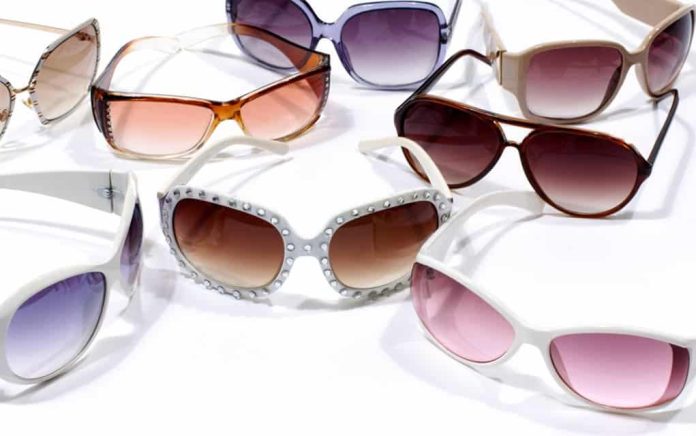
(HealthyResearch.com) – Sunglasses may help protect our eyes in multiple ways. Choosing the right pair of sunglasses means paying attention to the product’s UV (ultraviolet) blocking ability. Learn below why we also may benefit from matching our activities to different sunglass lens colors or tints.
How Sunglasses Protect Our Eyes
Sunglasses contain lenses made with chemicals that block UV light. Those chemicals designed to absorb UV light typically have no colors.
But although we can’t see the chemicals on the lenses, the sunglasses shield us from too much sunlight. Researchers have found links between sun exposure and eye diseases, including macular degeneration and cataracts.
In addition to protecting our eyes from potential damage, sunglasses may protect us from sunlight glare outside and while driving. Using eyewear designed to protect our eyes from electronic devices’ blue light indoors may also help. But beyond choosing the right level of UV and blue light protection, does the color of our sunglasses really make a difference?
Understanding Sunglass Tints and Colors
Blue, gray, green…how should you choose among the many different tints and colors? Just like wearing different types of hats or caps for different weather and purposes, choosing sunglass color depends on the use.
Gray
Gray-colored sunglass lenses are useful for protecting your eyes from glare and easing eye fatigue. Heading out for a drive in the car or on the golf course? Choosing gray tints works for either sunny weather or foggy days.
Blue
Choose blue colors for sunglass lenses for skiing and other snowy day activities. Blue tints may also reduce sun glare on sunny days.
Green
If you only want to invest in one color of sunglass lenses, you might consider green. While offering more accurate colors, green sunglass lenses also ease glare and let you see shadows. Choose green-colored sunglass lenses to wear in any type of weather.
Yellow
Those of us who spend much of our time looking at a computer screen or other electronic device may benefit from yellow lenses on our sunglasses. Yellow tints ease eye strain by filtering out blue light.
Red or Pink
Those who love winter sports may want to consider red or pink lenses on their sunglasses. Red colors help driving visibility in the snow. Red-tinted lenses also may ease eye fatigue from long hours on the computer or other electronic devices.
While we don’t need 50 shades of grey in our sunglasses, we may benefit from matching our activities to different lens colors. Regardless of what color lenses you choose, sunglasses may reduce our risk of eye conditions such as macular degeneration and cataracts.
~Here’s to Your Health & Safety!
Copyright 2021, HealthyResearch.com
















